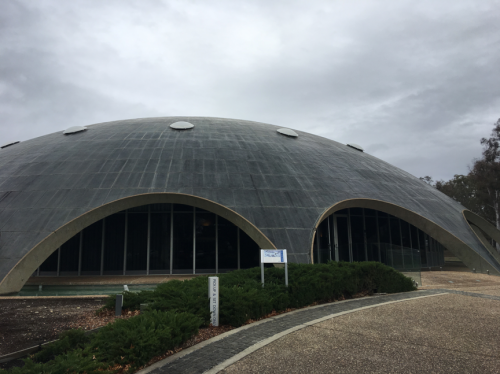The ACOMO 2018 workshop was held from October 9-11 at the Shine Dome, Canberra. The theme was “integrating Australian coastal and oceans modelling and observations”, which was subdivided into diverse topics such as geography, model development, new observational datasets, ecological reef studies, microbiology, management of coastal fisheries and ecosystems, emerging techniques in oceanography and a lot more.
I presented some of my PhD work on the South Australian Current System in the first session, Geography, and then proceeded to enjoy all the science presented throughout the three-day meeting. My research interest is on the regional physical oceanography around Australia hence it was a really enjoyable experience for me to learn about the broad range of science done about this topic (and also the science in other regions outside of Australia too) Some research generated interesting and energetic discussions. For example, it turns out the Tasman Front has been incorrectly named for decades. It isn’t actually a front but rather a train of eddies, or an eddy induced flow.
Artificial Intelligence (or machine learning) can be used in oceanography to determine missing data in time series without using the fundamental equations that ocean models need. I also learned about the Sea Surface Temperature Australian Atlas of Regional Seas (SSTAARS) available on the Australian Ocean Data Network (AODN) website. This is essentially a very high-resolution and high-frequency sea surface temperature product based on radiometer data from NOAA satellites, which spans the period 1992 to present. I downloaded the SSTAARS data when I returned to my office and have already incorporated figures produced from it into my PhD work. I did not know about the AODN website prior to the meeting and definitely recommend it to anyone looking for ocean and atmosphere observational data around Australia.

